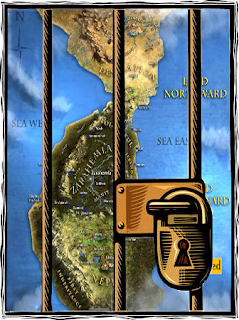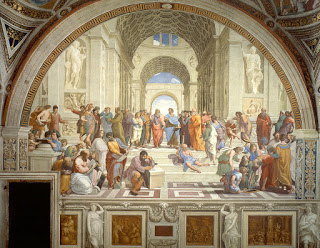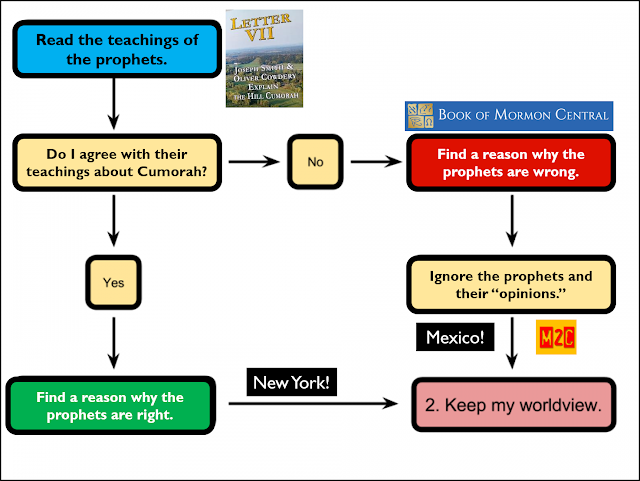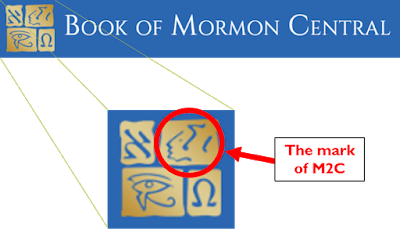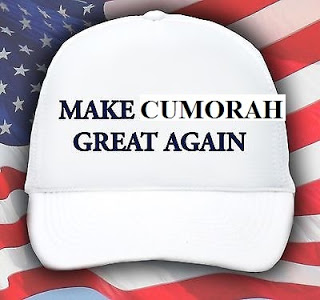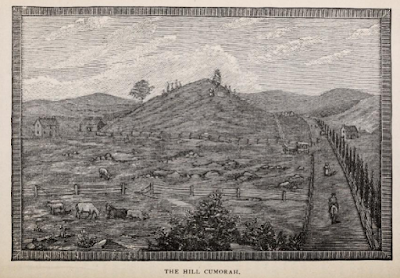“Not every statement made by a Church leader, past or present, necessarily constitutes doctrine. A single statement made by a single leader on a single occasion often represents a personal, though well-considered, opinion, but is not meant to be officially binding for the whole Church. With divine inspiration, the First Presidency (the prophet and his two counselors) and the Quorum of the Twelve Apostles (the second-highest governing body of the Church) counsel together to establish doctrine that is consistently proclaimed in official Church publications. This doctrine resides in the four “standard works” of scripture (the Holy Bible, the Book of Mormon, the Doctrine and Covenants and the Pearl of Great Price), official declarations and proclamations, and the Articles of Faith. Isolated statements are often taken out of context, leaving their original meaning distorted.”
Let’s consider how this applies to the question of Cumorah.
“Not every statement made by a Church leader, past or present, necessarily constitutes doctrine.”
This is axiomatic, given the variety of statements Church leaders make, ranging from formal addresses in General Conference and formal published statements to off-hand comments to associates or statements in talks to specific groups.
“A single statement made by a single leader on a single occasion often represents a personal, though well-considered, opinion, but is not meant to be officially binding for the whole Church.”
Notice the distinction between isolated statements by one Church leader compared with multiple statements by multiple leaders.
“With divine inspiration, the First Presidency (the prophet and his two counselors) and the Quorum of the Twelve Apostles (the second-highest governing body of the Church) counsel together to establish doctrine that is consistently proclaimed in official Church publications.”
Let’s consider this in light of Letter VII’s teachings about Cumorah.
_____
In 1835, when Letter VII was published, Joseph Smith was President of the Church and Oliver Cowdery was Assistant President.
Many people today don’t know what the Assistant President was because it was discontinued after the martyrdom of Joseph and Hyrum, so let’s look at what it entailed.
Joseph ordained Oliver as Assistant President in December, 1834. Notes from the meeting explain:
“The office of Assistant President is to assist in presiding over the whole Church, and to officiate in the absence of the President, according to his rank and appointment, viz: President Cowdery, first; President Rigdon Second, and President Williams Third, as they were severally called. The office of this priesthood is also to act as spokesman, taking Aaron for an example. The virtue of the above priesthood is to hold the keys of the kingdom of heaven or of the Church militant.”
[Note: some intellectuals claim we shouldn’t believe Letter VII because Oliver wrote it instead of Joseph, but the nature of his calling as Assistant President was to “act as spokesman.” Oliver explained that Joseph helped write the letters, but he had the responsibility of writing, editing and publishing them. Think of that. Our M2C intellectuals are sowing distrust of Oliver Cowdery because he was fulfilling his responsibility as Assistant President of the Church.]
In February 1835, pursuant to D&C 18, the Three Witnesses (including Oliver Cowdery) called the first Quorum of the Twelve Apostles. https://rsc.byu.edu/archived/joseph-smith-and-doctrinal-restoration/23-calling-twelve-apostles-and-seventy-1835
For the next few months, Oliver continued to publish the historical letters he wrote with Joseph Smith, including Letter VII, which was published in July 1835. That fall, Joseph’s scribes copied the letters into his own history, which you can read here: http://www.josephsmithpapers.org/paper-summary/history-1834-1836/83
Later, on April 3, 1836, Joseph and Oliver, together, as President and Assistant President of the Church, received the keys of the gathering of Israel and the keys of this dispensation from Moses, Elijah, Elias, and the Lord Himself. (D&C 110)
In January, 1841, Joseph ordained Hyrum Smith to the same position, pursuant to D&C 124:94-5, which gives an additional explanation of the role Oliver fulfilled as Assistant President:
“And from this time forth I appoint unto him [Hyrum] that he may be a prophet, and a seer, and a revelator unto my church, as well as my servant Joseph; That he may act in concert also with my servant Joseph; and that he shall receive counsel from my servant Joseph, who shall show unto him the keys whereby he may ask and receive, and be crowned with the same blessing, and glory, and honor, and priesthood, and gifts of the priesthood, that once were put upon him that was my servant Oliver Cowdery.”
Here is another explanation of the office: “As holder of the keys of the priesthood, the Assistant President of the Church was intended to be the person who would succeed to the presidency of the church upon the death of Smith.[Bruce R. McConkie (1966), Mormon Doctrine (2d ed., 1966, Salt Lake City: Bookcraft) p. 56.] The Assistant President ranked higher than the counselors in the First Presidency and the President and members of the Quorum of the Twelve Apostles.[Bruce R. McConkie (1966), Mormon Doctrine (2d ed., 1966, Salt Lake City: Bookcraft) p. 56.] Like the members of the First Presidency and the Twelve, the Assistant President was accepted by the church as a prophet, seer, and revelator.”
When LDS intellectuals tell you to disbelieve what Joseph and Oliver wrote in Letter VII about Cumorah, they are telling you to disbelieve the ordained President and Assistant President of the Church.
But that’s not all.
Look again at what the Church’s explanation says:
“With divine inspiration, the First Presidency (the prophet and his two counselors) and the Quorum of the Twelve Apostles (the second-highest governing body of the Church) counsel together to establish doctrine that is consistently proclaimed in official Church publications.”
Not only did Joseph and Oliver counsel together when they wrote these historical letters, but Joseph saw that the letters were “consistently proclaimed in official Church publications.” The letters were first published in the Messenger and Advocate. Then Joseph gave them to Don Carlos to publish in the Times and Seasons. He gave express permission (along with Sidney Rigdon) to Benjamin Winchester to publish them in the Gospel Reflector. The Pratt brothers published excerpts of them in the Millennial Star and other pamphlets. Joseph’s brother William published them in the Prophet (an 1844 Church newspaper in New York City). The letters were published again in the Improvement Era after the Saints moved to Utah.
Letter VII originated with the First Presidency and was consistently proclaimed in official Church publications. Remember this when LDS intellectuals try to persuade you to disbelieve Letter VII.
Now, the conclusion of the explanation of Church doctrine.
“This doctrine resides in the four “standard works” of scripture (the Holy Bible, the Book of Mormon, the Doctrine and Covenants and the Pearl of Great Price), official declarations and proclamations, and the Articles of Faith. Isolated statements are often taken out of context, leaving their original meaning distorted.”
The Pearl of Great Price contains an excerpt from Letter I.
Letter VII itself is not included in the standard works, but it was written by the First Presidency in 1835 to explain an important point about the Book of Mormon; i.e., the specific location of the Hill Cumorah. Joseph and Oliver were responding to anti-Mormon claims that the Book of Mormon was fiction. They wrote from their personal experience and knowledge. The statements in Letter VII were republished so often and they are so specific and detailed that their original meaning cannot be distorted, although LDS intellectuals try to do so by claiming Joseph and Oliver were merely ignorant speculators who misled the Church about the location of Cumorah.
